Antislip options on RCore grips
Depending on the material of the grip, the antislip can be one of a few options. Here are the pros and cons of each
Pyramidal antislip
This is the most usual antislip, applicable on plastic, glass-like and automotive grips. It consists of little pyramids protruding about 0.8mm off the grip, with pointy edges.
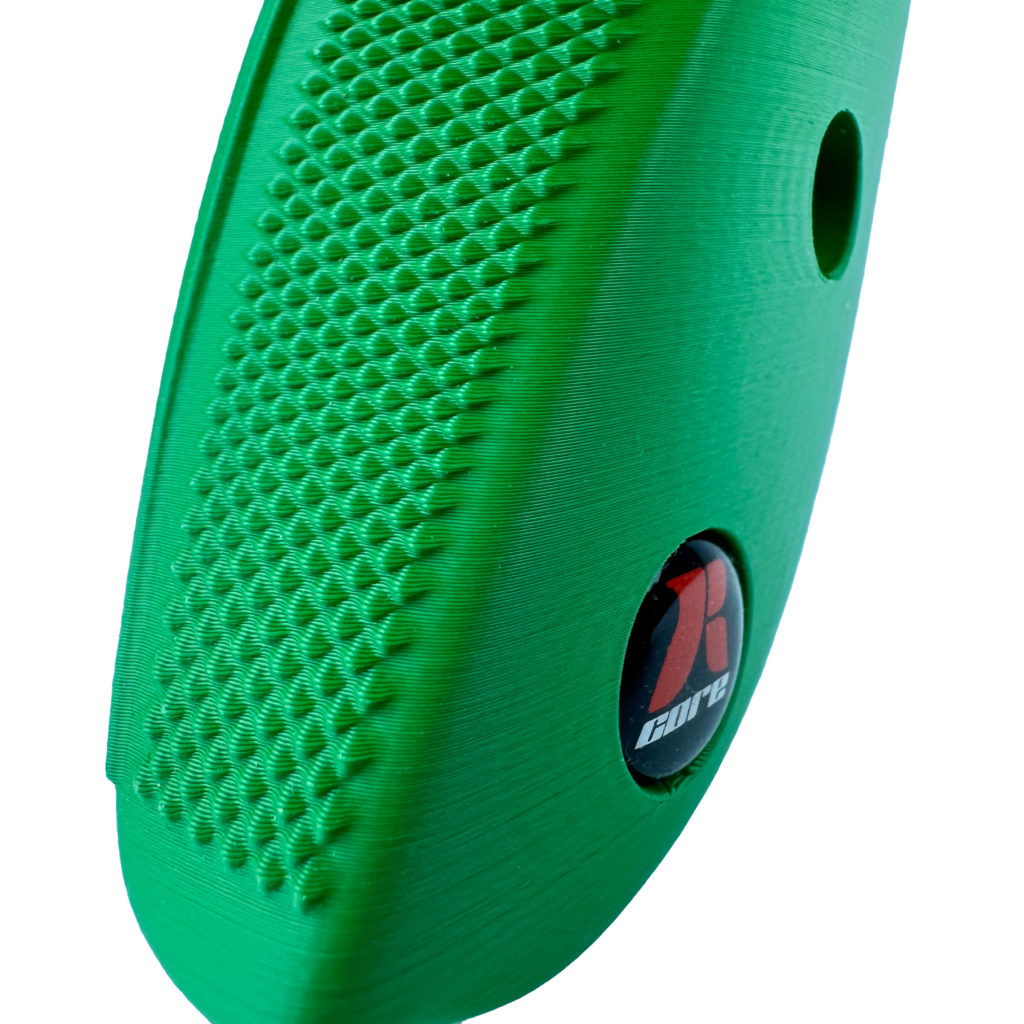
On plastic grips, due to limitations of the manufacturing process, the points are not perfect pyramids but they more resemble a rounded top with a diameter of about 0.2 mm. On glass-like and automotive, the pyramids are perfect, ending in a sharp point.
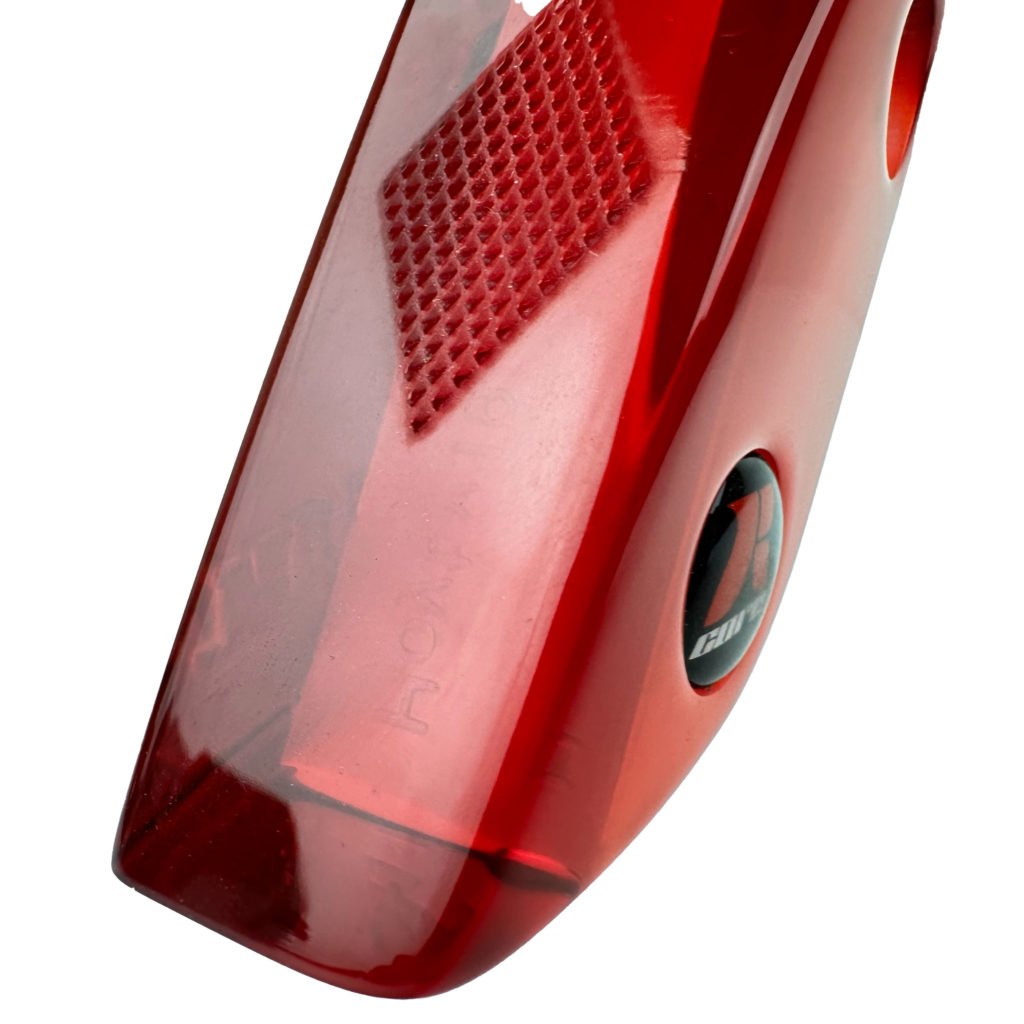
While both are efficient, the glass-like perfect pyramids might be too pointy for some people. In that case we advise to go to them with a nail file to blunt them just a little bit. They will still retain their properties. Be aware that filing down the antislip, is a one-way process.
Hexagonal antislip
This kind of antislip resembles the hex pattern found on gun grips. it works by letting skin sink a little within each hex inset, thus offering a more comfortable feeling. The hexagonal antislip is available on glass-like, automotive and wood materials.
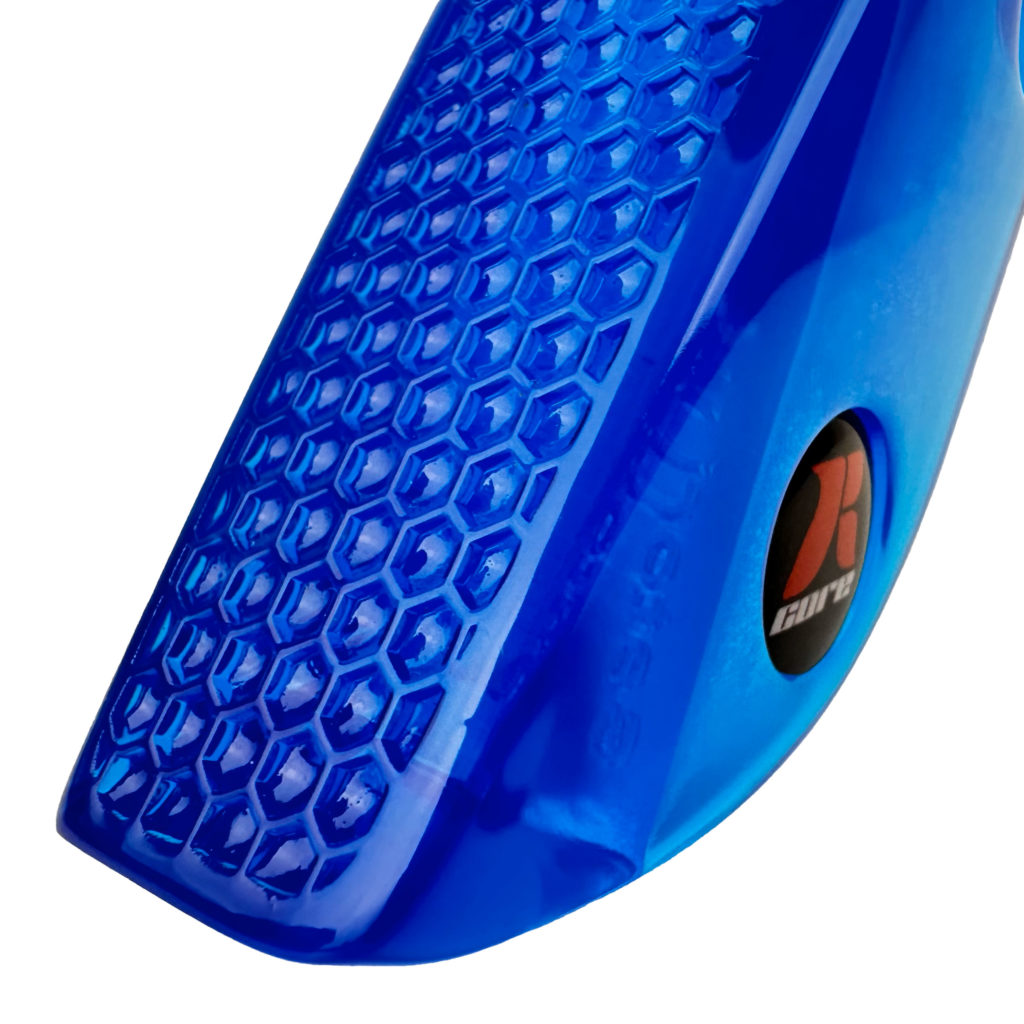
While on glass-like and automotive it is a part of the geometry (meaning that the grip is printed with the hex insets), on wood, this is produced by laser carving.
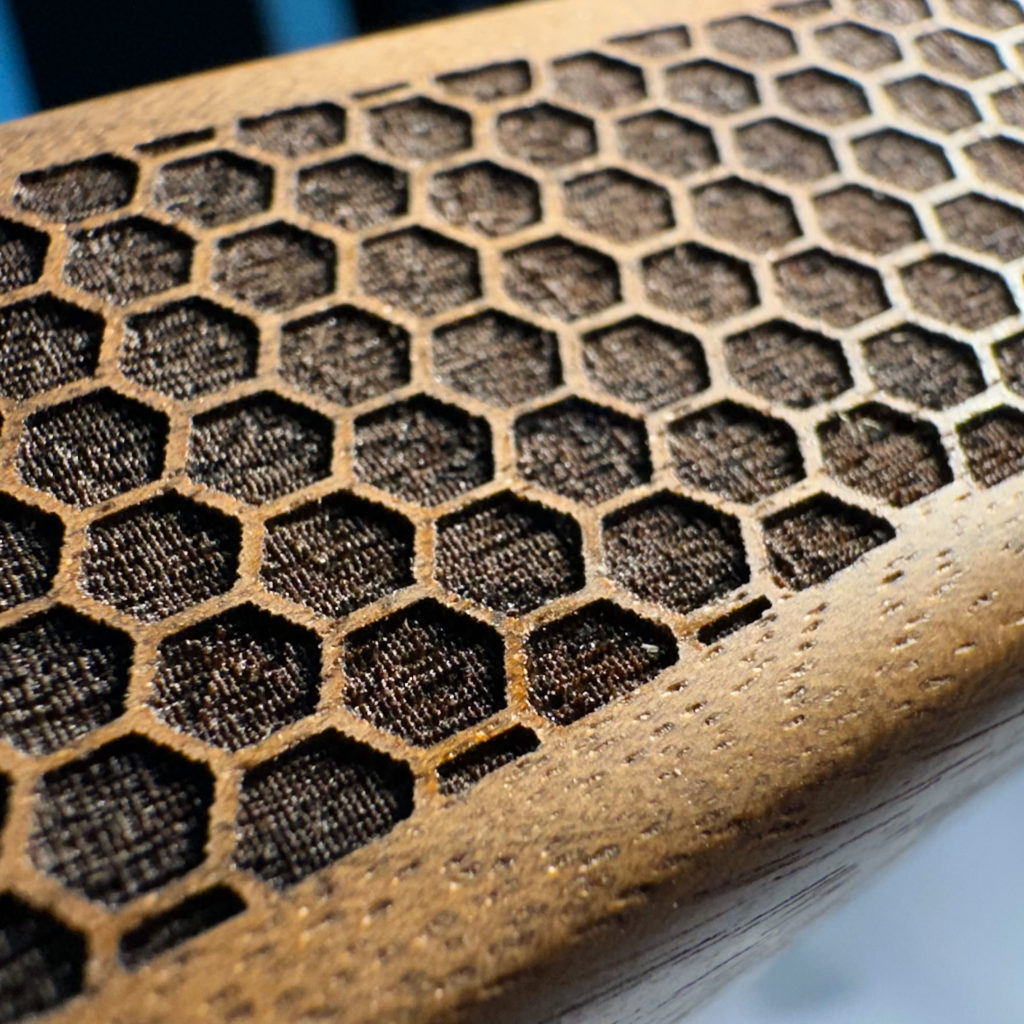
This results in darkened insets that are more porous and more rough compared to the rest of the surface, improving the antislip qualities.
Surfboard antislip
The surfboard antislip is the same material/method used on surfboards, thus the name. It consists of small glass spheres sprayed on the surface of the grip along with the varnish, on a masked area of the palm. this results in a rough, textured surface that improves traction with the skin without discomfort.
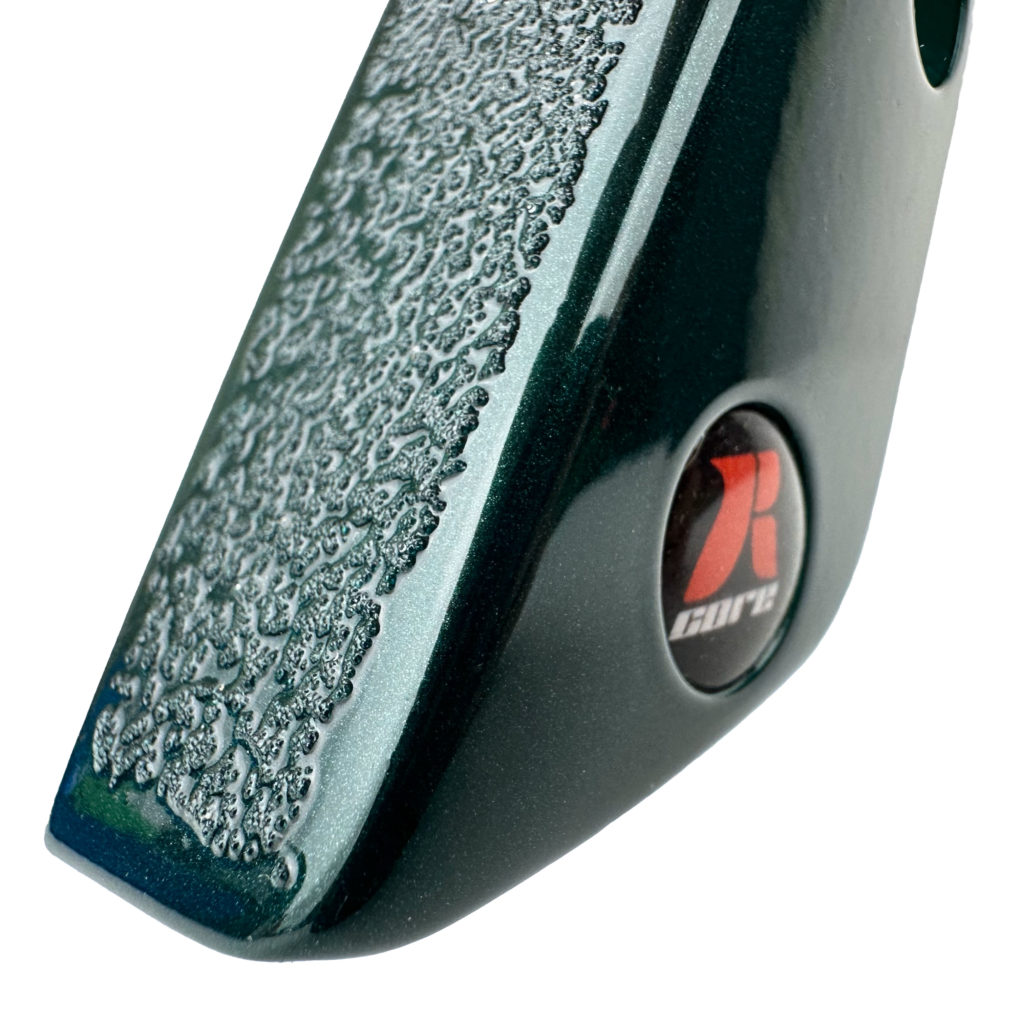
One big advantage of the surfboard antislip is that it can be applied not only on the palm surface but also on the throat or rest of the grip (use the order notes to specify where). The Surfboard antislip is only available in glass-like and automotive material grips.
No antislip
You have the option to go for a grip without any antislip on the palm surface. Theoretically a good grip would not slip not due to its antislip properties but due to its proper placement of the hand on it.
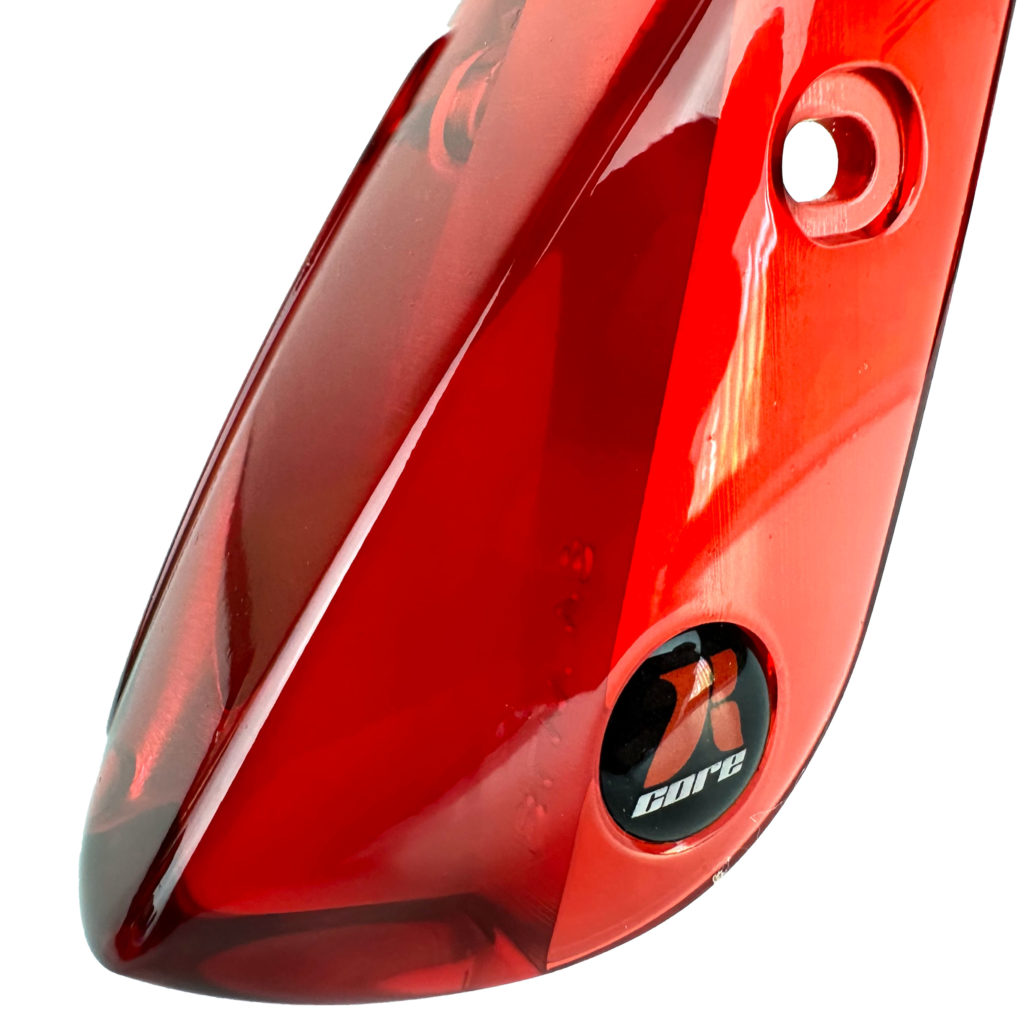
That being said, with all no-antislip orders, we include two pieces of laser cut antislip skate tape (specifically 3M’s safewalk).
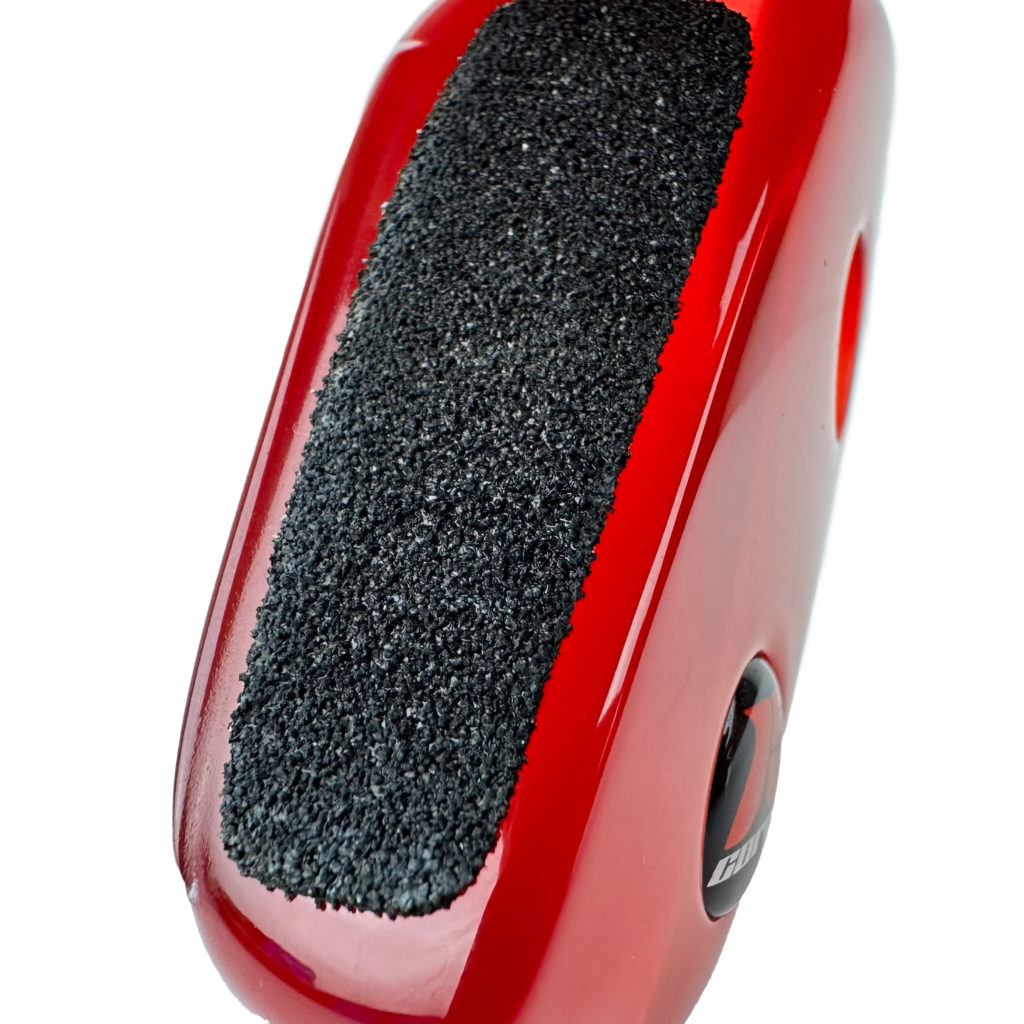
You can test if your grip slips and apply the sticker on it if need be.
So, do I really need an antislip ?
Having some of it on your grip does offer some extra security and in some cases more information (like the I AM grips which have the antislip more like a pressure reference point rather than an antislip).
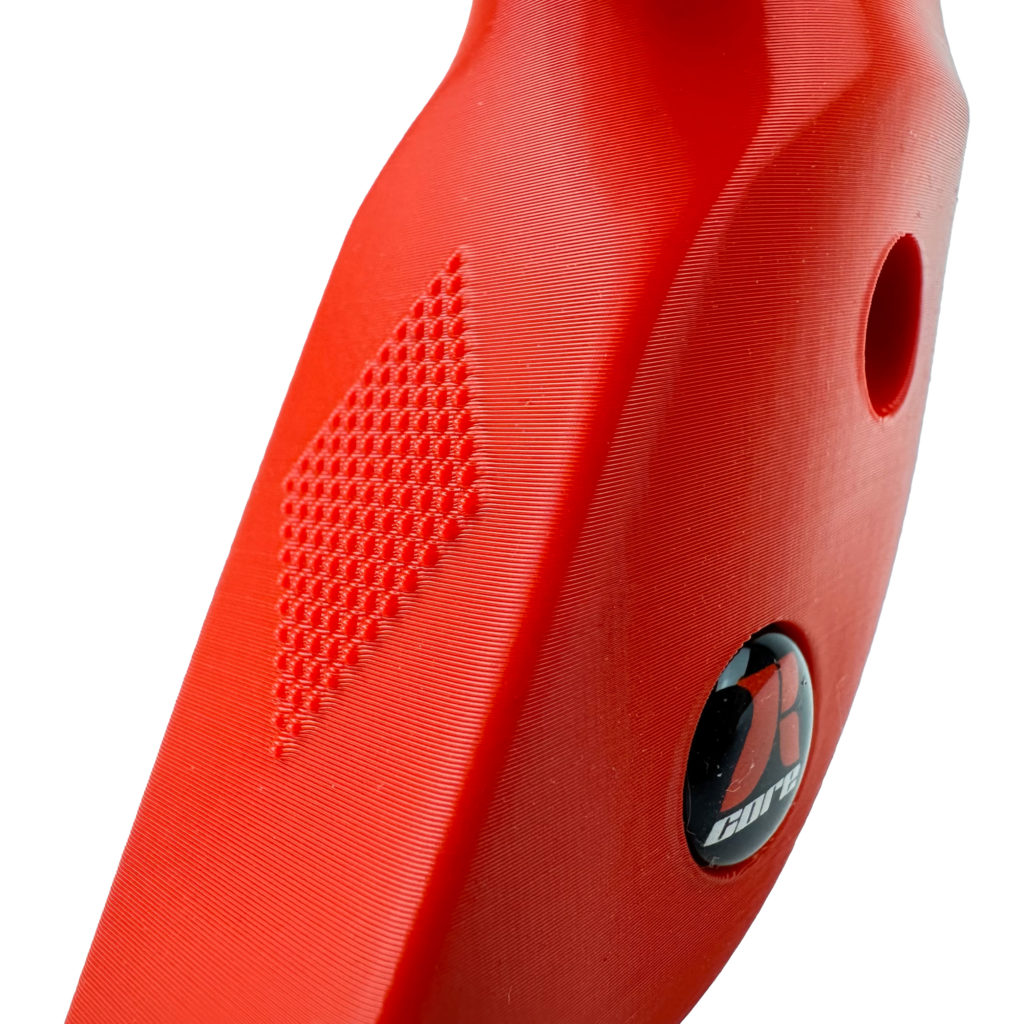
On the other hand, having no antislip may make the grip adhere much better to your hand.
The two types of adhesion
The grips stick in your hand due to either a higher friction coefficient due to the materials chemical properties not impeding the natural friction (e.g. lubrication) or due to the materials physical/structural properties. What that means is that you can get a good grip with a totally smooth grip, because your skin’s not greasy/oily and soft. In such cases, a rough, pointy surface might decrease the friction coefficient (less area for contact, due to pyramidal pattern pushing the skin away) and probably irritate your skin. On the other hand (pun intended) your skin might be rough, hard or just more oily, where introducing a rough surface would provide some places for the grip to hold on.
In general, you can check if your skin is of the first kind by trying to slide your palm on a window pane. If it sticks , you might be on your way to a non-antislip glass/automotive/wood grip. If it leaves a mark, or it just seems to hover on it like a hockey puck, go for a physical antislip. But do check prior to committing to either as even grips with rubbery surfaces may prove they are slippery.
Rubber ? Why no rubber ?
On synthetic rubbers, the problem is creep. The hand may not slip right away from the get go but increasingly get slippier when the load (draw force) increases. PU rubber does have this effect and in general polymer rubbers do not abide with the laws of friction (especially with the part that friction increases with normal load).

